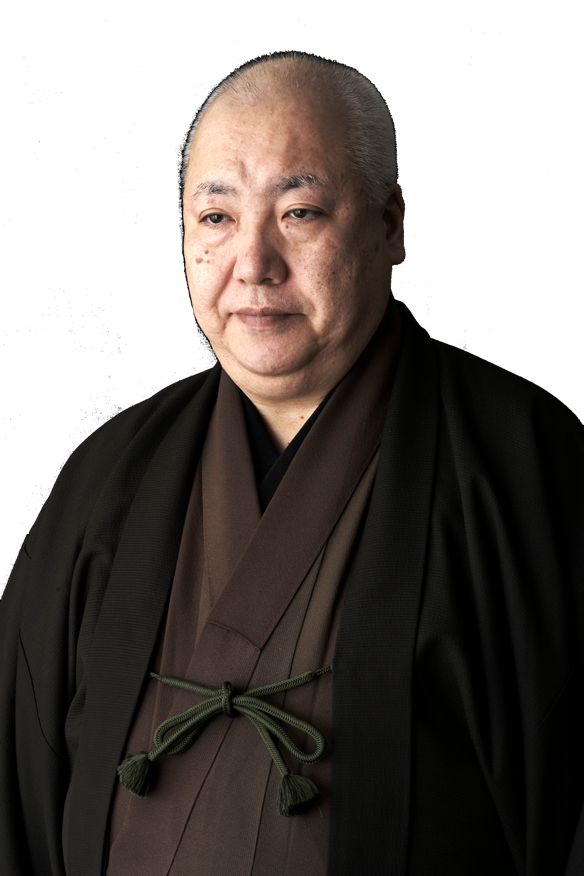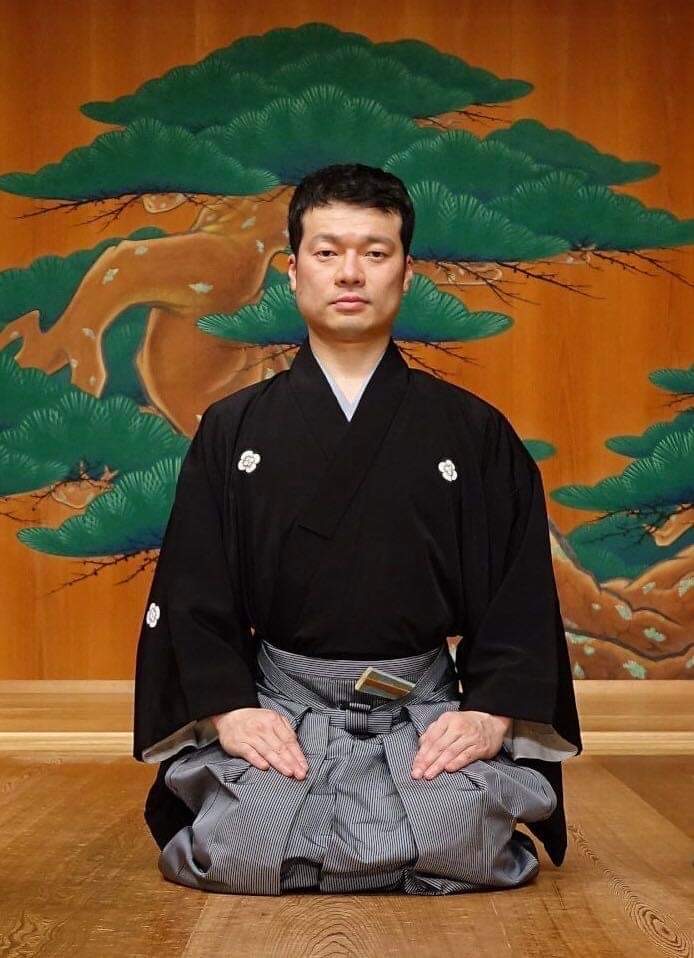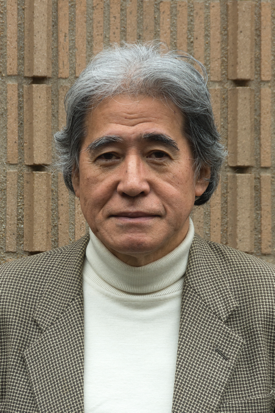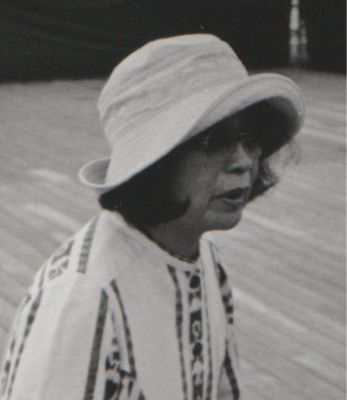
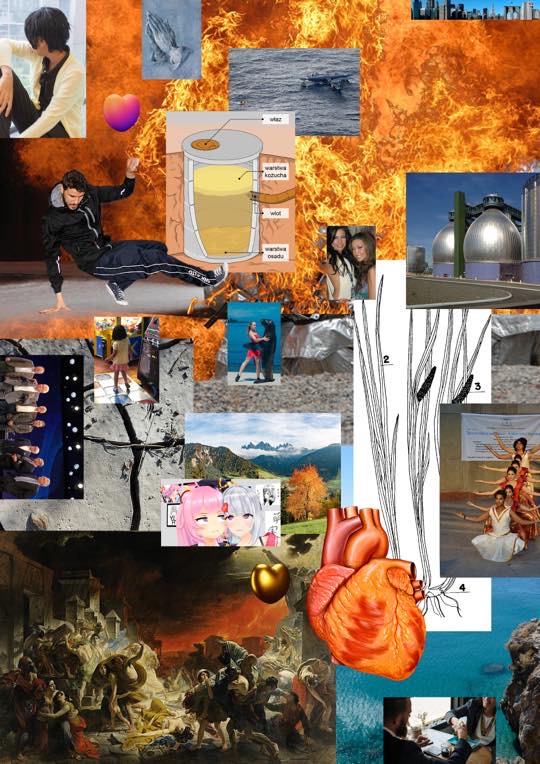
Noh Performances
Noh performances specially edited for this exhibition are held twice at the venue during the exhibition period.
Performance Title:
“Okina'' (Divine Chant) with vocals and small hand drum
Date and time: November 19th (Sat), 16:30-18:00
Shite [the principal actor] : Rōsetsu Umewaka
Tsure [companion actor] & Jiutai [Chorus] : Kohei Kawaguchi
Small hand drum: Genjiro Okura
It is said that “Okina is a Noh play yet it isn’t”. This piece which retains many traces of the ancient performing arts is a celebratory dance that prays for peace, prosperity, and safety across the land. It is the root of all Noh and Kyōgen, and the source of all performing art in Japan in which the relationship between humans and nature is deeply engraved. It is the head of the Umewaka family and master chanter Rōsetsu Umewaka who performs the divine chant of “Okina”, and the performance will be accompanied with the hand drum by Genjiro Okura, a living national treasure and the head of the Okura-school in kotsuzumi lineage.
Performance Title:
Michiko Ishimure’s New Noh Play "Shiranui" with chant
Date and time: 16:30-18:00, November 26th (Saturday)
Chant: Rōsetsu Umewaka
Chorus: Kohei Kawaguchi
“Shiranui” is a Noh play written by Michiko Ishimure that depicts the origin and consequences of Minamata disease in the style of a myth. It interprets the purification of the polluted earth from an anthropocentric perspective. This work is a centerpiece of this project as well as the driving force behind the project curation. Some scenes of "Shiranui" is specially edited for this occasion, and presented as a new work in this exhibition. The Divine chant of this piece will be performed by the head of the Umewaka family and chanter maestro, Rōsetsu Umewaka (Living National Treasure), with chorus [Jiutai] accompanied by Kawaguchi Kohei, a Shite Noh performer of the Kanze school, and a member of the Umewaka-Noh Theatre.
